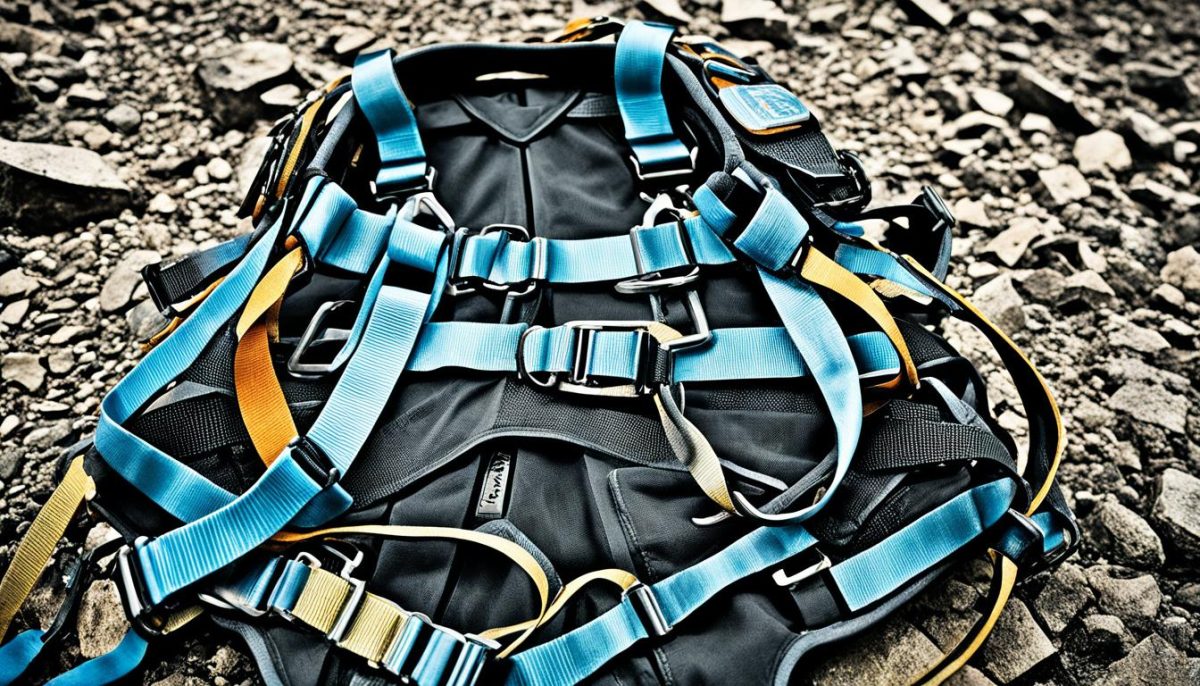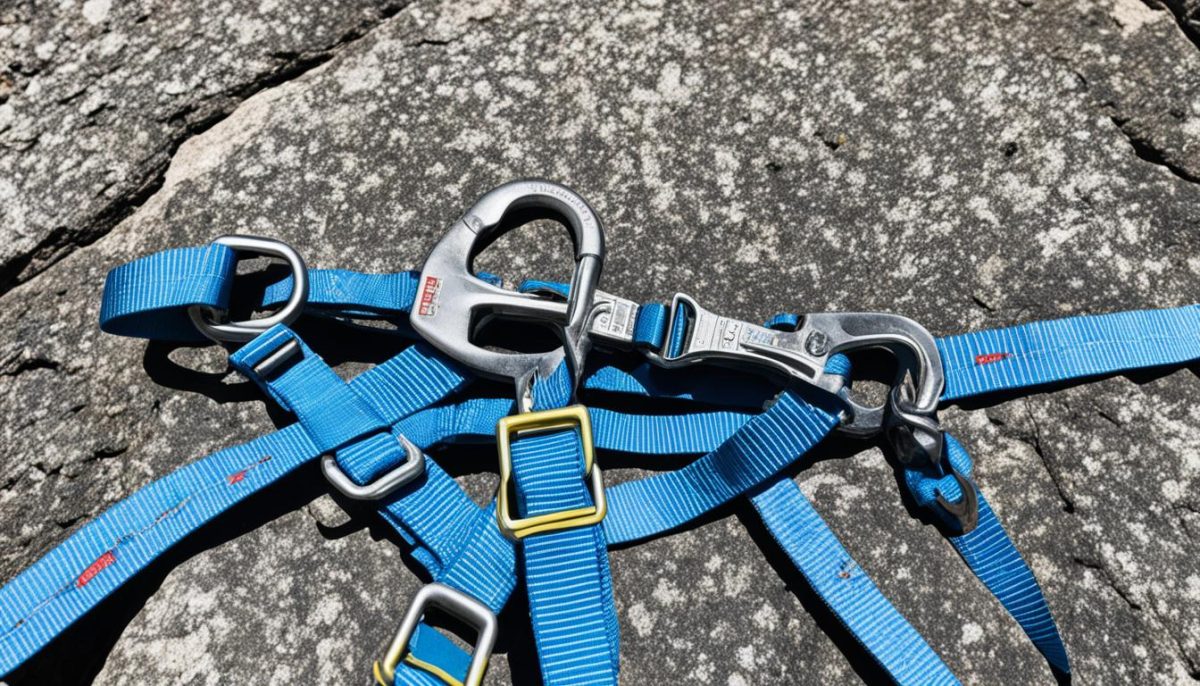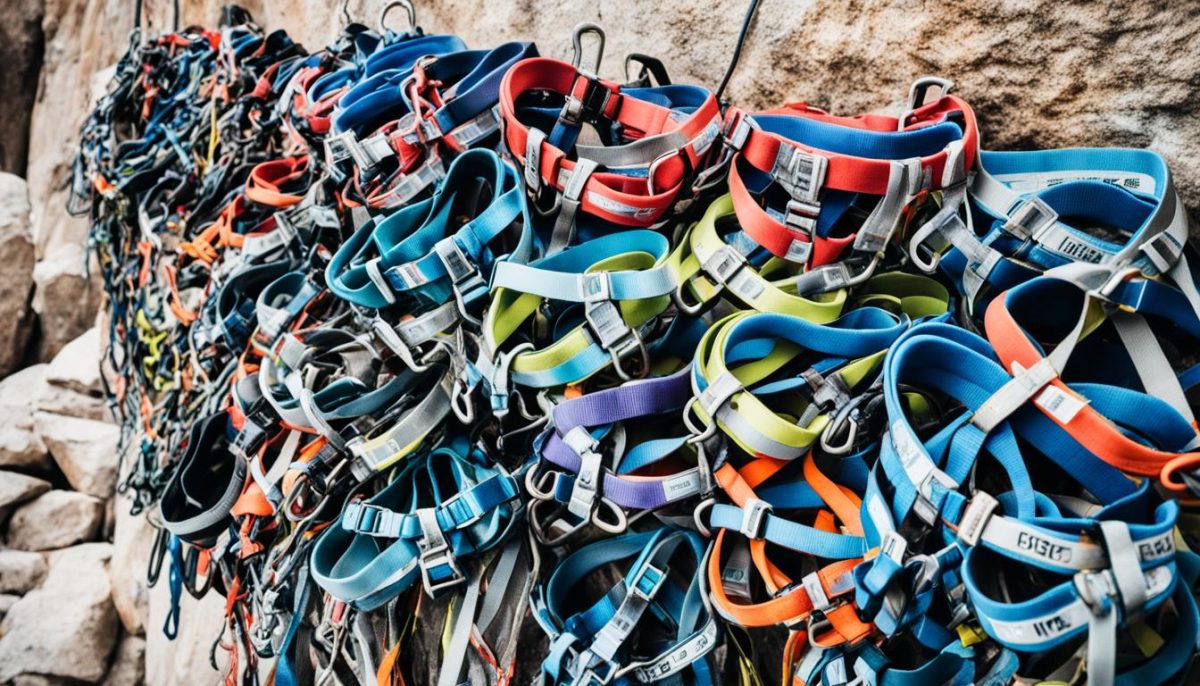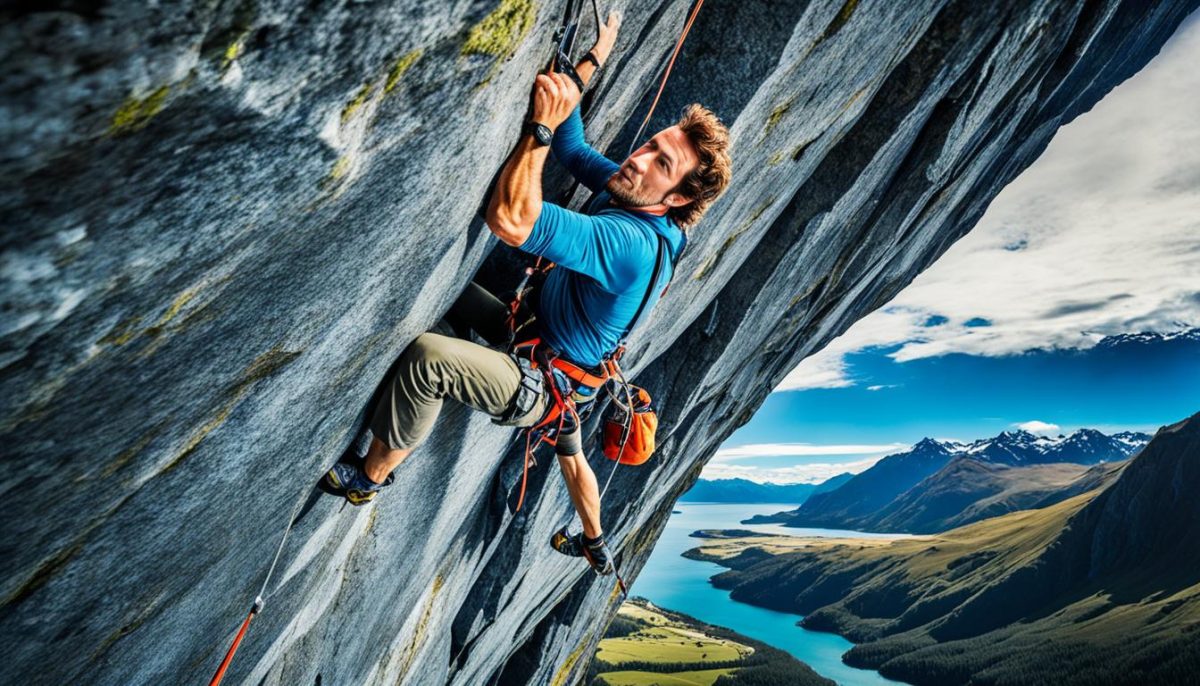When it comes to climbing, your safety is of utmost importance. As such, it’s crucial to understand the lifespan of your climbing harness and know when it’s time to replace it. Climbing harnesses play a vital role in keeping you secure during your climbs, so ensuring their durability is essential.
In this article, we’ll delve into the factors that influence the lifespan of climbing harnesses and discuss when it’s necessary to replace them. We’ll also provide tips on maintaining the gear’s durability, so you can stay safe and confident on future climbs.
Before we get into the details, let’s take a moment to appreciate the importance of climbing harnesses. They are designed to distribute your weight and absorb the impact of falls, providing a crucial layer of protection. However, like any piece of equipment, climbing harnesses have a finite lifespan.
So, how long do climbing harnesses last? The answer depends on various factors such as usage, frequency, and care. The more frequently and intensely you use your harness, the shorter its lifespan will be. Additionally, proper care and maintenance play a significant role in prolonging the life of your gear.
In the next section, we’ll explore how these factors impact the longevity of climbing harnesses and provide insight into assessing the lifespan of your own gear. By understanding the signs that indicate it’s time to replace your harness, you can prioritize your safety and enjoy worry-free climbs.
Understanding Climbing Harness Lifespan
When it comes to climbing gear, the lifespan of your harness is a crucial factor in ensuring your safety on the wall. Understanding the factors that affect the harness lifespan is essential for making informed decisions about when to replace your gear. In this section, we will delve into the usage, frequency, and care that can impact the longevity of your climbing harness.
Usage and Frequency
The frequency and intensity of use play a significant role in determining how long your climbing harness will last. Regular and rigorous use can cause wear and tear on the harness, particularly on the webbing and stitching. More frequent use increases the chances of exposure to elements like moisture, dirt, and UV rays, which can degrade the materials over time. Additionally, high-intensity activities such as sport climbing or big wall climbing can put more strain on the harness, accelerating its wear and tear.
To extend the lifespan of your climbing harness, consider rotating it with other harnesses if you have multiple options. Giving your harnesses time to rest and recover between climbs can help distribute the usage and reduce excessive strain on a single harness.
Care and Maintenance
The care and maintenance you provide to your climbing harness can significantly impact its durability. Regularly inspect your harness for any signs of wear, such as frayed webbing, worn stitching, or damaged buckles. Cleaning your harness after each use, particularly if it has been exposed to sweat, dirt, or saltwater, can help remove harmful substances that may degrade the materials over time.
Follow the manufacturer’s guidelines for cleaning your harness, as different materials require different care methods. Typically, hand washing with mild soap and cold water is recommended. Avoid using harsh chemicals or abrasive scrubbing tools that can damage the harness. After cleaning, make sure to properly dry your harness before storing it to prevent the growth of mildew or mold.
Storing your climbing harness in a cool, dry place away from direct sunlight is crucial for maintaining its integrity. Extreme temperatures and prolonged exposure to sunlight can weaken the materials, reducing the harness’s lifespan.

In summary, understanding the factors that influence the lifespan of your climbing harness is essential for making informed decisions about replacement. Factors such as usage, frequency, and proper care and maintenance can impact the longevity of your gear. By considering these factors and following best practices, you can prolong the lifespan of your climbing harness and ensure your safety on future climbs.
| Factors | Impact |
|---|---|
| Frequency and Intensity of Use | Increased wear and tear, accelerated degradation |
| Care and Maintenance | Proper care extends lifespan, neglect shortens lifespan |
| Storage Conditions | Appropriate storage preserves integrity, improper storage weakens materials |
Signs It’s Time to Replace Your Climbing Harness
When it comes to climbing harnesses, safety is paramount. Over time, wear and tear can compromise the integrity of your harness, making it necessary to replace it. In this section, we will discuss the signs that indicate it’s time for a new climbing harness, ensuring your continued safety during climbs.
-
Inspect for Visible Damage
Regular inspection of your climbing harness is crucial. Look for any visible damage, such as frayed webbing, worn stitching, or damaged buckles. If you notice any of these issues, it’s a clear indication that your harness needs to be replaced. Such visible damage can significantly compromise the strength and safety of the harness during your climbs.
-
Check for Wear and Tear
Even if there isn’t any visible damage, pay attention to signs of wear and tear. Excessive use can cause the materials of your harness to degrade, leading to weakened integrity. If you notice significant wear on the webbing or any other parts of the harness, it’s a good idea to replace it.
-
Consider Longevity and Frequency of Use
While climbing harnesses are designed to withstand rigorous use, they do have a lifespan. Factors such as the frequency of use and the intensity of your climbs can affect the longevity of your harness. If you’ve had your harness for a considerable amount of time and have used it extensively, it may be time to invest in a new one to ensure optimal safety.
“Your climbing harness is your lifeline while scaling heights. Don’t compromise on safety. If you have any doubts about the condition of your harness, it’s always best to err on the side of caution and replace it.”
Regularly inspecting your climbing harness and being aware of the signs that indicate replacement is essential for your safety. By staying proactive and replacing your harness when necessary, you can enjoy worry-free climbs knowing that your gear is in top condition.

Maintaining Gear Durability
Properly maintaining your climbing harness is essential for ensuring its durability and your safety during climbs. By following a few simple guidelines, you can extend the lifespan of your harness and avoid unnecessary accidents or equipment failure.
Regular cleaning is key to maintaining your climbing harness. After each use, gently remove any dirt or debris using a soft brush or cloth. Avoid using harsh chemicals or detergents, as they can damage the materials. Instead, opt for a mild soap and warm water solution. Thoroughly rinse the harness and allow it to air dry in a well-ventilated area, away from direct sunlight.
Storing your climbing harness properly is equally important. Avoid leaving it in hot or humid environments, as this can weaken the materials over time. Instead, store your harness in a cool, dry place, away from excessive heat or moisture. Hanging it or laying it flat in a clean and dust-free area is recommended.
While a climbing harness may appear to be in good condition, it’s crucial to retire it when it reaches a certain age, even if there is no visible damage. Over time, the materials can deteriorate, compromising the harness’s safety and reliability. As a general rule, consider retiring your harness after 5 years of regular use. This timeline may vary depending on usage frequency and intensity, so it’s important to assess the condition of your harness periodically.




